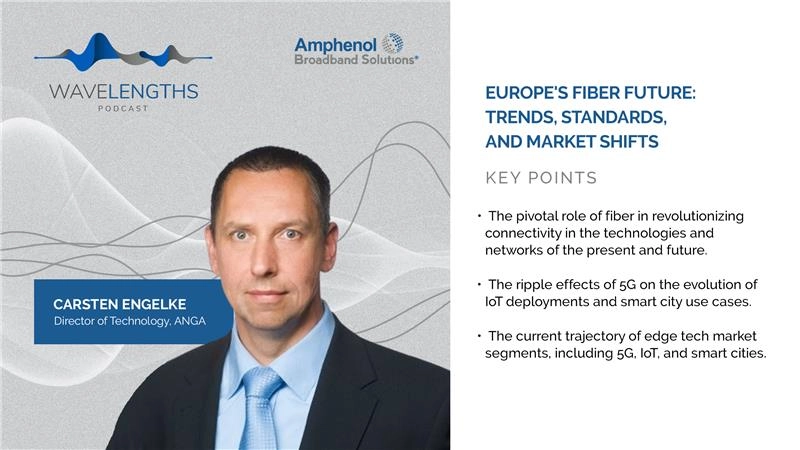NASA Invests $105 Million in US Small Business Technology Development
NASA has a long history of supporting America’s entrepreneurs as they develop technologies from ideas to commercial readiness. The agency’s Small Business Innovation Research (SBIR) program is furthering that legacy with 140 new Phase II awards to 127 U.S. small businesses that will help them move their innovations to market.
The awards to these small businesses, located across 34 states and Washington, D.C., total $105 million. NASA’s small business program is dedicated to finding the most useful technologies for the agency and the commercial marketplace, and sourcing those innovations from a diverse group of entrepreneurs with different backgrounds and perspectives. The companies chosen for Phase II funding include 33 women-owned, minority-owned, and veteran-owned small businesses.
The awardees all received initial SBIR Phase I contracts in 2020 to demonstrate the merits of their innovations and show how they could contribute to NASA’s efforts in human exploration, space technology, science, and aeronautics. The Phase II awards will provide them each with up to $750,000 to advance their technologies toward potential commercialization. The companies will spend up to two years developing, demonstrating, and delivering their proposed projects.
“These small businesses received Phase I awards towards the onset of the global pandemic and persevered through it to evolve promising up-and-coming technology solutions,” said Jim Reuter, associate administrator for NASA’s Space Technology Mission Directorate (STMD). “As the government helps get small businesses back on track, we value their commitment and dedication to supporting NASA missions and goals.”
InnoSys Inc., a woman-owned small business in Salt Lake City, Utah, developed a concept for a camera that can operate in extremely high temperatures – perhaps even on Venus where surface temperature can reach 900 degrees Fahrenheit. Its innovation replaces glass envelopes in conventional imaging tubes with other materials, such as quartz or sapphire, that can withstand harsh environments. Beyond space mission applications, the company wants to create cameras for imaging fires or high-temperature furnaces up close, and for inspecting nuclear reactor cores.
NASA aims to help small businesses like InnoSys focus on commercialization. The program offers additional funding opportunities for small businesses if their Phase II work proves successful, helping them find customers outside the agency.
“The Phase II contract period is an exciting time, as small businesses put their ideas into practice and develop prototypes attractive to NASA and private investors,” said NASA SBIR Program Executive Jason L. Kessler. “The selected technologies have displayed great potential impacts for their respective sectors, and we are proud to continually invest in today’s booming aerospace economy through these small businesses.”
California-based Micro Cooling Concepts has worked with NASA’s SBIR and Small Business Technology Transfer (STTR) program since 2004 on various thermal management innovations. This year, NASA selected the company for a Phase II contract to build a lightweight, compact heat exchanger with possible electrified aircraft propulsion applications. Using the development and lessons learned during Phase I, Micro Cooling Concepts will advance its clean energy technology to potentially support new aircraft configurations for NASA, the military, and the commercial sector.
Tietronix Software Inc., a minority-owned small business in Houston, was selected to mature a virtual medical “expert” that incorporates artificial intelligence and augmented reality. In working through its concept during Phase I, Tietronix Software recognized the need to seamlessly integrate medical resources, knowledge, training, procedural guidance, and diagnostic support. The system could provide astronauts with medical autonomy during extended missions and benefit the military or other organizations in places where medical professionals have limited availability.
NASA previously announced $45 million in Phase I awards to another group of small businesses in March 2021.
NASA’s SBIR/STTR program is part of STMD and managed by NASA’s Ames Research Center in California’s Silicon Valley.
To view the full list of the latest NASA SBIR Phase II selections, visit:
https://sbir.nasa.gov/prg_selection/node/66870










